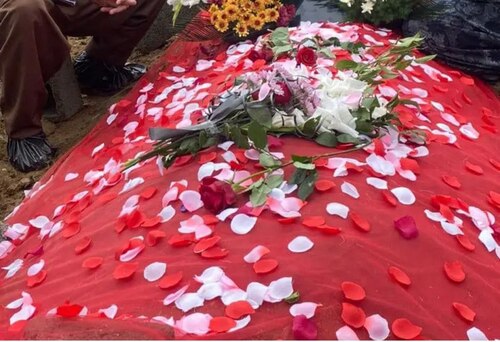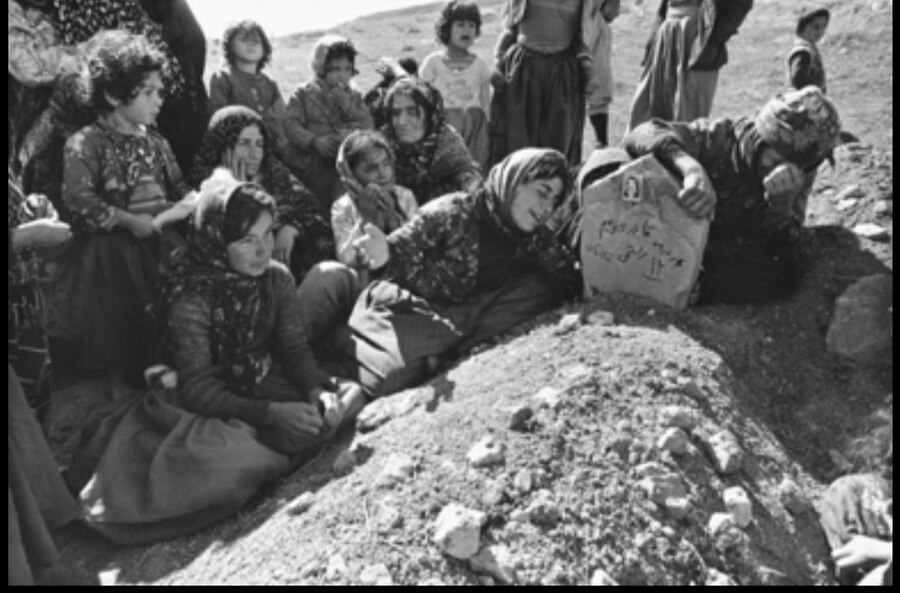Mourning
The ups and downs of life make us happy and unhappy, and people's reactions to desirable and undesirable events become the basis of their own behavior and culture.
In Mukriyan, when a loved one died, a family held a condolence meeting. Mukriyan customs are quite unique. The day the news suddenly spread to people, relatives, friends, and acquaintances were sad for them.
They would take the dead to the mosque and wash them. Then they would shroud him and get ready for burial. People who went to dig and bury graves sometimes took a long time, so they put halwa sandwiches or Kulera (Kullera of the dead) (Kulera is a kind of local bread or cookies) for them.
The mourning was held for three days. In the Mangurayati region, among the tribes, Khim was placed in chained pots, and women put Dasmal or Charaka, which were usually white, and men's luffa were placed in Khim. In Mukriyan oral literature, there are words like “sarshin” in Tuk, pray, Hairan, and mourning, for example, “Sarshine, Qalandere Baban Werane” which means someone who has worn a blue Dasmal or Charaka as a sign of mourning.
They also would say to someone: "Lord, let me see them sad. That is, they are dressed in black/their loved one dies.
In Mahabad, they wore black Hawri with purple flowers. The elderly wore the Hawri veil. For years, no one wore black clothes and they said it is hellish clothes. In the old days, they wore Kwen that a piece of Tawil.
Many people rip their collars or scratch their faces. However, most women believed crying out loud is Haram, thinking that they would be guilty. But some women were vocal and sang special mournings.

Kotal Decorating:
The family of the dead, especially the nobleman's family, would come for those three days. They would wash a shovel, wear it some clothes, and put it on the men's assembly. The mourner would mourn for that shovel which now looked like a person as a symbol of the deceased and all people would cry. After three days, they bought a shirt and a coat for the mourner and they would give him some money and send him away.
Women would put away their gold and accessories and not use them until their mourning was over. Women did not do hair dying, remove facial hair, or do makeup. After three days they went to the grave and then leave them.
* Shinger:
The woman who worked as a mourner and mourned for people's deads. They were generally euphonic.
* Pesh Maytana:
When they returned from the burial, the family of the dead would cook Goshtaw or Shorbaw (soup) for those who returned from the graves.
* Garmagur:
The soup is cooked by the family of the dead and placed at the mosque's door on the trays sent by the villagers to the mosque.
* The Kulera of the dead:
The Kulera of the dead, that is made on the occasion of the death of someone for those who are responsible for the shroud, burial, grave digging, and burial of the dead.








